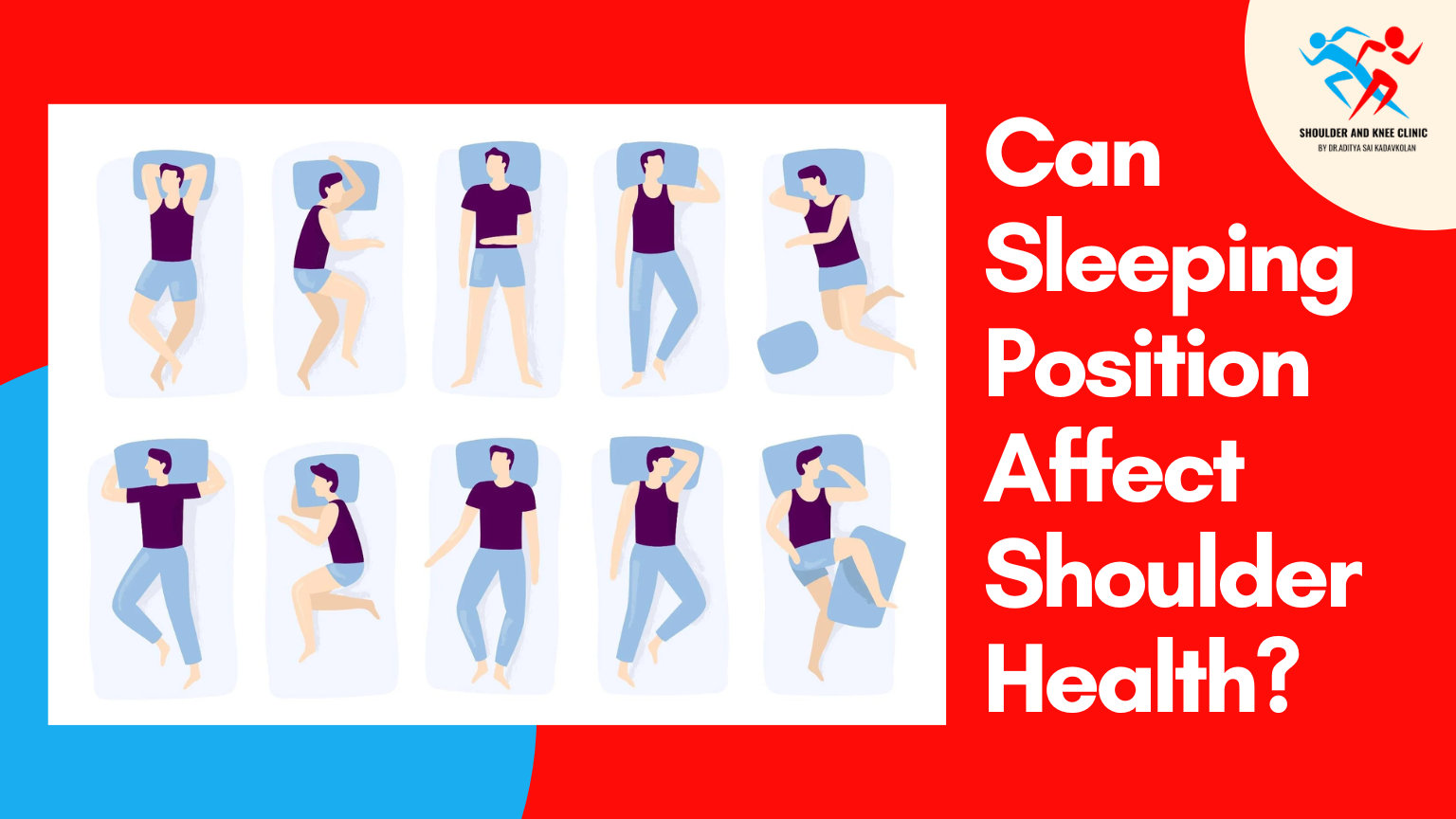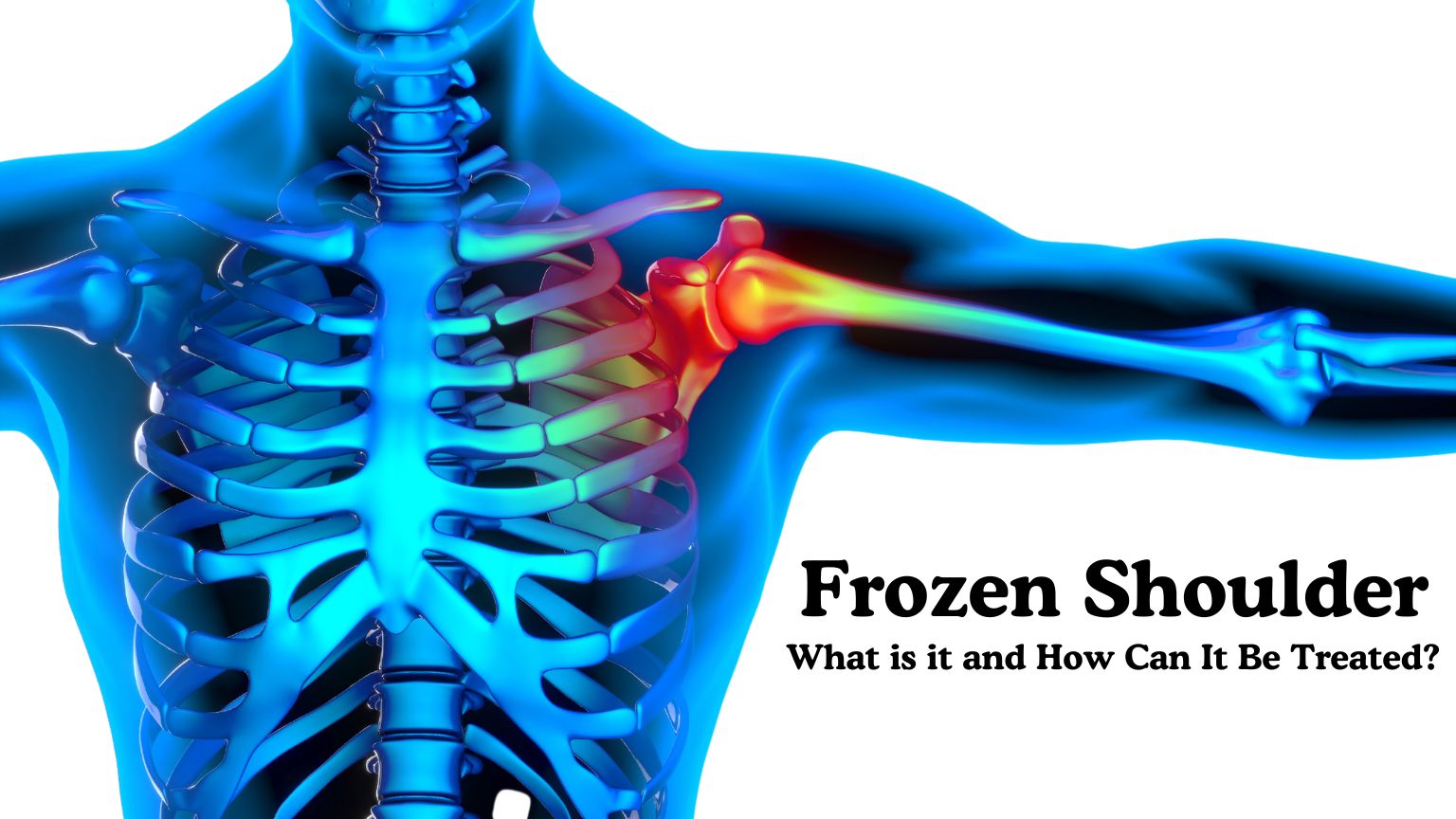Whenever patients suffering from shoulder injuries talk about issues related to rotator cuff or impingement, most of the athletes and other sportsmen relates to the pain, quickly. The reason? It is very prevalent in their community as well as to the general public. However, they are almost similar to shoulder impingement, another usual occurrence, and this leads to confusion between the two. It is generally one of the mentioned reasons for a shoulder injury, or sometimes- it is the combination of the two. But when one is left untreated, it affects the overall movements and postures, causing the other to occur, eventually increasing the pain.
Know How: Rotator Cuff
Before diving into the symptoms and treatments, you should know the basic anatomy of the rotator cuff. This will give you a holistic idea and clarify your self-doubts about your shoulder pain or any of your family members and friends.
Let us take a deep insight into the rotator cuff mechanism now. You should know that it comprises of the muscles and tissues/tendons that guards the shoulder joint, and position the head of your major arm bone, inside the aperture of your shoulder blade.
It’s a no brainer how vital the rotator cuff is in the overall shoulder architecture. It comes with the tissues and muscles that binds the shoulder joint, and position the upper bone of your arm, right in the required position of your shoulder blade. It has four muscles that facilitate its overall function-
- Infraspinatus muscle – particularly involved in shoulder extension and rotation
- Subscapularis muscle – helps in the internal rotation of arms
- Supraspinatus muscle – positions the humerus at the correct angle and helps you to lift your arm
- Teres minor – helps in shoulder rotation
All about Rotator Cuff Wound
A patient’s overall lifestyle deteriorate by rotator cuff wound because of the limited movement conditions. A rotator cuff injury poses to be alarming when the relative tissues in the shoulder no longer offers their flexibility to carry out regular movements. The most common reasons for this injury are generally due to-
- Aging of tissue, leading to wear and tear
- An injury due to a collision or a fall- common in sports like football or hockey
- Recurring activities that involve the rotator cuff, like baseball, swimming, and tennis
If conservative remedies like rest, medication, and physical therapy do not improve symptoms, shoulder surgery may be recommended by the respective patient care. In either scenario, you should seek an experienced orthopaedic surgeon a.k.a rotator cuff injury specialist from a reliable platform like ours at shoulderandkneeclinic.com.
Diagnosis involved in a rotator cuff injury– To properly diagnose a torn rotator cuff, we generally perform-
- A physical test of your shoulder- This will allow our experienced orthopedic surgeon to understand the exact status/level of the injury.
- MRI Scan- this report showcases the form of rotator cuff injury
- An X-ray- this ensures that no other similar formats of injury make things more confusing. This has reference to issues like bone spurs or arthritis.
- Ultrasound- the perfect way to identify any sign of tears in the tissues.
Classifications of Rotator Cuff Injuries-
In case of incomplete rip up, the orthopaedics has defined them as a case where only a certain segment of the tissues has been affected. While, there happens to be conditions where the patient is suffering from shoulder pain cause by the complete thickness tear-which defines that the total relative tissue has been separated from the bone.
Symptoms of a Rotator Cuff Tear- Symptoms of a rotator cuff injury generally include pain and weakness as mentioned earlier, but it may be coupled with restricted access to movements of your hands behind your back. Given below is a detailed explanation, that might help you gauge/identify-
- Sensation of Pain in the Shoulder Area- In most cases, the pain gradually increases with vehement movements of the arm or extending behind the back or towards the overhead during showering, combing, or dressing.
- Uneasiness or pain while sleeping on the affected shoulder- The intensity of pain may be less during the day, but it may drastically rise in the night making you wake up from your sleep.
- Shoulder weakness- You may experience uneasiness or lack of potential while trying to lift objects lying in front of you, like grabbing a litre of milk from your refrigerator, etc.
There are some significant treatments (other than surgery) that help in reducing the pain or inflammation-
- Cortisone Injection can minimize the pain and inflammation, but it’s not a solution for long-term
- Plasma injection rich with platelets- infused with the patient’s blood itself, helps in speedy recovery
- Injection into the bone marrow eases the movements of the shoulder tissues
- NSAIDs like Aleve and Advil help in minimizing the inflammation, but will not heal the tear
- An arm sling may be recommended by our doctors to immobilize the shoulder and position the arm in a comfortable position to heal.
In the end, whether any of the above will be appropriate for your cause or to go for surgery should be decided by an experienced orthopedic surgeon.
Now that you have a holistic idea about rotator cuff injury, let’s have a look at shoulder impingement syndrome to help you differentiate between the two.
All about Shoulder Impingement
This type of shoulder pain happens when the top exterior portion of your scapula (i.e. shoulder blade) pressurizes your rotator cuff under it. HCPs often entitle it as shoulder impingement syndrome. There are several types of impingement syndrome and all of them are mentioned as follows-
- Rotator cuff tendinitis- As goes by its name, it is the condition where there is swelling of your tendon affecting your rotator cuffs.
- Acromion deformity- The acromion is generally flat. If in any case, it is re-positioned in a bad manner, it can bother your rotator cuff, leading to the syndrome.
- Shoulder bursitis- It is the condition where the bursa (a fluidic sack that cushions the space between rotator cuff tendons and acromion) has suffered inflammation, thus causing shoulder impingement.
Causes and Symptoms of Shoulder Impingement- It generally feels like originates from the front of your shoulder. The uneasiness and pain can spread from the front to the side of your arm. It may gradually increase at night and affect your sleep. Subsequently, it becomes worse when you try to extend your arm to reach for something.
Rotator cuff tendinitis symptoms include stiffness, skin discoloration, and swelling of the skin around your shoulder. Moreover, the patient might often hear an odd sound when they try to move their shoulder.
Most case studies of this kind of shoulder pain reveal that patients started to suffer because of intensive usage of the joint in a perpetual pattern over a prolonged period. This indicates that over time when a recurring motion puts too much pressure on the joint, it leads to this syndrome. Some people suffer through shoulder impingement without any obvious cause (impromptu). It is also possible for cases like trauma or extensive sports sessions.
Diagnosis involved with shoulder impingement symptoms- Our experienced orthopedic doctor at Shoulder and Knee Clinic will suggest some physical tests to get an understanding of the overall situation of your shoulder and eliminate any other reasons (rotator cuff tears, shoulder arthritis, and biceps tendon injuries) that might cause the pain. These include-
- X-rays
- Ultrasound and
- MRI
Treatments towards easing the pain and inflammation due to shoulder impingements are many-
- Complete rest- Taking a break from regular activity, especially recreational activities and sports
- Physical therapy- An experienced physical therapist (yoga instructor) will give you customized exercises and stretches to heal your shoulder and improve its potential for motion.
- Icing- Applying a cold pack can relieve you from the pain but you have to be careful from frost bites (avoid direct application on the skin).
- Pain killers- NSAIDs gathered from over-the-counter can minimize inflammation and pain. However one should consult a shoulder impingement specialist if the situation persists beyond 10 days.
- Lastly, it’s the injection of corticosteroids that might reduce the swelling.
If none of the above doesn’t suit your condition, your respective doctor will ask you to go through shoulder impingement surgery which is the ultimate solution and can relieve you of pain permanently. High chance that your surgeon will perform an arthroscopic shoulder decompression. This includes eliminating a portion of your acromion to allow more space for your rotator cuff.
Most patients tend to feel good after a few weeks of a proper shoulder impingement treatment. In the case of surgery, it takes around 6 to 8 weeks for a complete recovery. But in the end, it’s all about how severe your injury has been. If it’s in the jurisdiction of the hospital premises, then its fine, otherwise, you shouldn’t resume your daily activities or any kind of recreational activities/sports till you feel comfortable and advised by your doctor.
When you should see a healthcare provider?
You should book an appointment with your healthcare provider if you experience any sign of new pain, swelling, or stiffness in your shoulder- especially if the condition is getting worse making it harder to move your shoulder and eventually feeling completely numb.
Book an appointment with our most experienced (over 15 years) orthopedic surgeon in Mumbai, to know more about your shoulder pain and the best possible treatment that you can get that best suit your condition.







